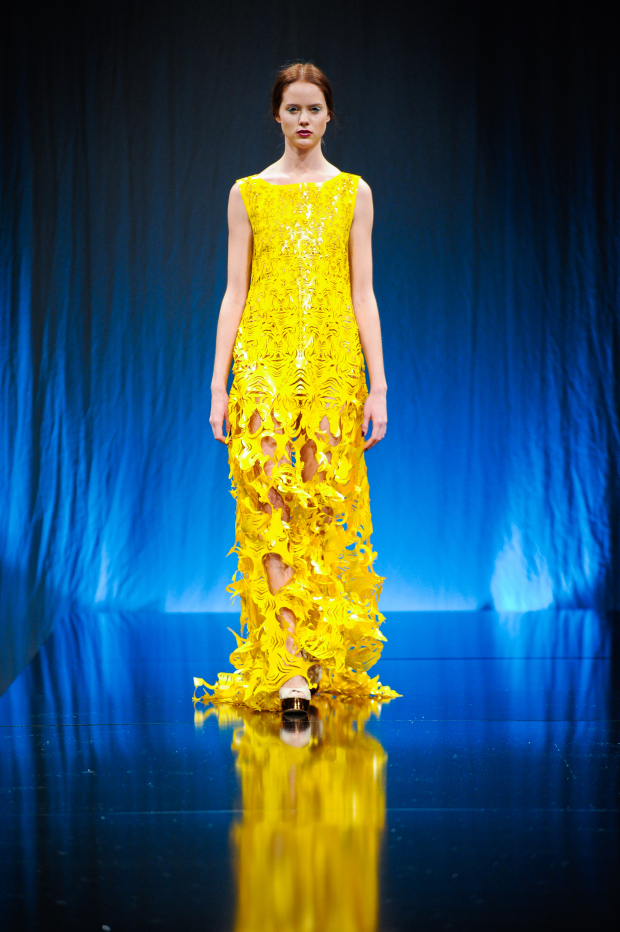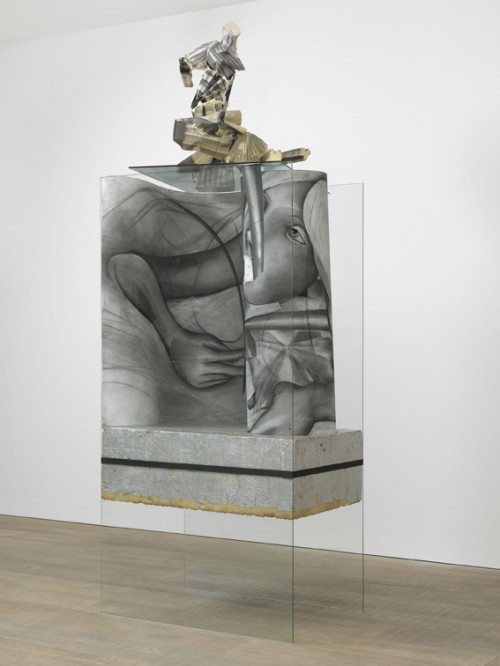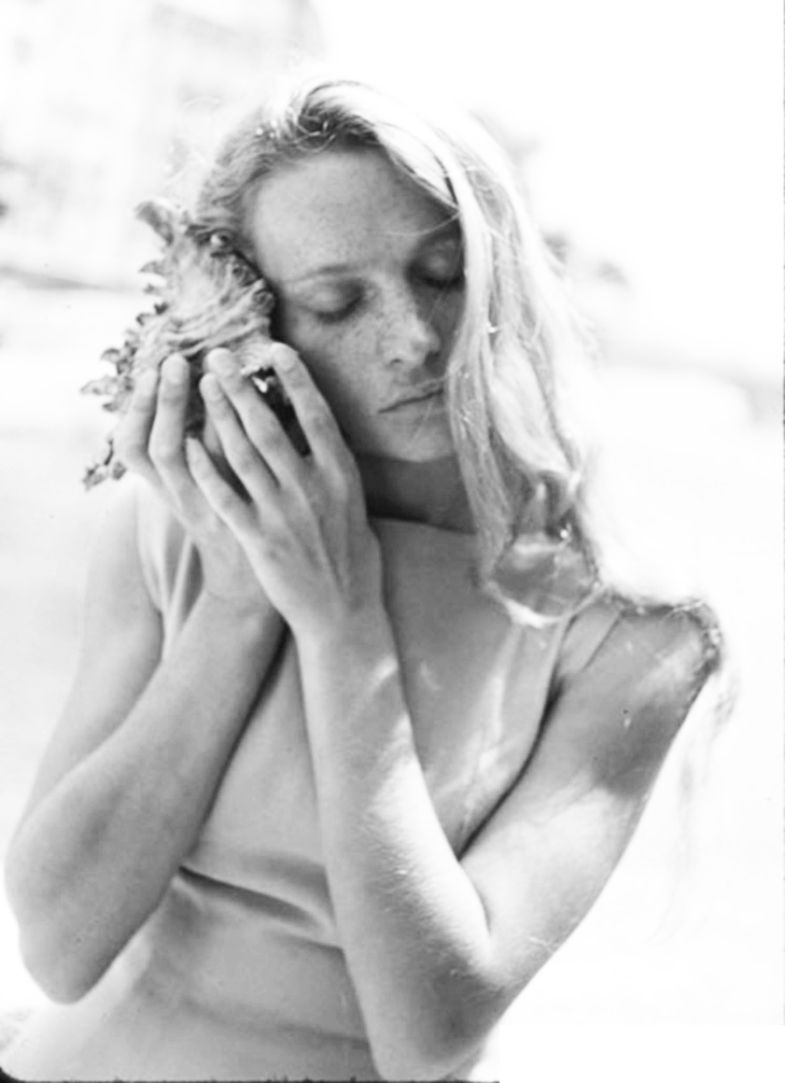أندريه تاركوفسكي
塔可夫斯基
アンドレイ·タルコフスキー
Андрей Тарковский
el sacrificio
Para comenzar a hablar de este poema, es recomendable hacerlo utilizando las mismas palabras de Andrei, en su libro ‘Esculpir en el tiempo’, página 44:
“Normalmente se busca una puesta en escena más expresiva, porque con ella se quiere mostrar de forma inmediata la idea, el sentido de la escena y su subtexto. También Eisenstein trabajó de este modo. Además se parte de la base de que la escena cobra así la necesaria profundidad, una expresividad dictada por el sentido. Esto es una idea primitiva, sobre cuya base surgen muchas convenciones superfluas, que diluyen el tejido vivo de la imagen artística”
Esta reflexión estética ya confirma en Tarkovski un artista asombroso, muy superior a prácticamente todos sus coetáneos, principalmente porque pudo contextualizarla en su labor como director, más que nunca en ‘Sacrificio’, como también llevó hasta sus últimas consecuencias su idea del cine como una captura del tiempo real. Y lo hizo homenajeando a Bergman sin perder su propia esencia, y a otros admirados cineastas como Kurosawa, el primero en dirigir una ficción en torno a la amenaza nuclear (lógico, siendo Japón el primer país que sufrió sus aterrador poder de devastación) en ‘Crónica de un ser vivo’ (‘Ikimono no kiroku’, 1955). Los primeros ochenta, con los coletazos finales del imperio soviético y la paranoia sobre una inminente guerra nuclear, vieron nacer la que probablemente sea la obra magna sobre el tema, ‘Terminator’ (‘The Terminator’, James Cameron, 1984), que Tarkovski pudo ver en el Festival de Londres antes del rodaje de su última película, sintiéndose impresionado por ella a pesar de despreciar su extrema brutalidad.
Hablar con Dios
cinema full










